
Europe's ongoing recovery from Russian gas dependency must not transition into dependence on Chinese wind turbines: Christoph Zipf (WindEurope)
Tripling renewable energy by 2030 has become a race against time in which one of the most relevant clean technologies continues to increase in value. Wind power is and has been a fundamental starting point in the global energy transition, but its future seems to face significant challenges.
In Europe, in particular, acts such as the Green Deal Industrial Plan have been promoted only a few weeks ago and the Wind Power Package, however, there is still a lot of work to be done to strengthen the manufacturing side of a supply network.
In Review Energy, we wanted to end the year with an in-depth dialogue with Christoph Zipf, Press & Communications Manager at WindEurope, offers a detailed look at the wind energy industry's proven resilience in the face of current challenges. He also discusses the need for Europe to manufacture its own clean energy and the challenges in the face of Chinese competition in the wind market.
Review Energy (R.E.): The wind industry in Europe this year experienced moments of crisis related mainly to the supply chain and dependence on China. what could have been avoided and what was imminent?
Christoph Zipf (C.Z.): The European wind energy supply has been hit by inflation and rising input costs caused by the COVID pandemic and the Russian invasion of Ukraine – both external shocks that our industry could not have foreseen. Especially the wind turbine manufacturers and their suppliers are struggling to make a profit in the current economic environment. This is even more true where Governments failed to index their national wind energy auctions to inflation.
European wind turbines are state-of-the-art technology and the global demand for them is high. Our manufacturers have strong order books. Today almost all wind turbines installed in Europe are manufactured by European companies and assembled in Europe. But Chinese turbine makers are starting to win first orders in Europe. They offer their turbines at a lower price and with deferred payment terms that companies headquartered in OECD countries are not allowed to offer.
Europe is just starting to recover from its over-dependence on Russian gas. And it must not run into another dependency on Chinese wind turbines now. The energy transition is not only about climate protection. It is also about energy security and national security. There are 300 sensors on a modern wind turbine. The data from those sensors should be stored and analysed exclusively in Europe.
The European Commission President was crystal clear in her State of the Union speech: “the future of clean tech must be made in Europe.” And the EU is doubling down on domestic manufacturing of wind energy. They issued a Green Deal Industrial Plan with a Net Zero Industry Act aimed to expand the European clean tech supply chain. They proposed a Critical Raw Materials Act to ensure Europe ramps up its mining, processing and recycling capacities for critical raw materials. And in late October the European Commission even published a dedicated Wind Power Package.
R.E.: Are the 15 actions of the Wind Power Package approved by the European Commission sufficient to deal with the crisis? Would any more have been added?
C.Z.: The Wind Power Package is a game-changer for Europe’s wind energy industry. The measures will help European companies to invest in new manufacturing plants, machines and staff. It will strengthen Europe’s competitiveness in the face of the growing international competition.
The Wind Energy Package consists of 15 actions for the EU Commission, the European Investment Bank, the EU Member States and for the wind industry. All will need to play their part. Many actions don’t require European legislation. For instance, the European Commission can already implement digital platforms and tools to improve permitting. Other measures will need to be implemented by the EU Member States. It is up to them to adopt the actions proposed in the Action Plan into national legislation.
The Package is critical for many reasons. For permitting it will be the actual implementation of the good rules form the EU Renewable Energy Directive and getting permitting authorities to use the right digital tools. For auction design it proposes the introduction of strict pre-qualification criteria; the end to the notion that price should be the only criteria to award bids in auctions; the avoidance of uncapped negative bidding and the use a proper indexation in their auctions. And it makes existing EU funds available for investments in manufacturing capacities.
R.E.: The EU wants to reach a share of up to 45% of renewable energies by 2030. What will the wind industry have to do to strengthen its development on the way to the target?
C.Z.: Wind energy is key to Europe’s energy security and climate targets. Europe needs to scale up its own cleantech manufacturing. Today the EU cannot produce the wind turbines, heat pumps and electrolysers it needs to reach its 2030 energy and climate targets. In February 2023 the EU tabled the Green Deal Industrial Plan. It includes the Net-Zero Industry Act (NZIA) which aims to increase the EU's overall strategic clean tech manufacturing capacity to at least 40% by 2030.
Another key thing to strengthen are the non-price criteria in renewables auctions. It’s good that these will now be compulsory. Using only price in auctions has driven a ‘race to the bottom’. This has squeezed the margins of European wind turbine manufacturers and makes it impossible for them to undertake the urgently needed investments in new factories needed to deliver the 2030 target. Bringing in non-price criteria will reward the social, economic and environmental value that Europe’s clean energy industries offer. They will incentivise innovative solutions to sustainability, biodiversity protection and system integration.
Another key aspect is skills. We need to recruit and train up to 200,000 additional workers between now and 2030. Today the European wind industry already provides 300,000 jobs. But the ambitious national targets increase the demand for skilled staff to more than 500,000 by 2030. The wind industry has to work with policy makers, schools and universities to create the right training and education programmes. We will also need to promote the good work in the wind industry and make working with us even more attractive.
R.E.: Would you take back lessons from the IRA in the United States that should be applied in Europe?
C.Z.: The IRA is a different policy tool and cannot be compared to the European policy reaction. But EU policymakers have understood the critical importance of its European wind energy sector in strengthening energy security and ensuring competitive electricity prices. Nevertheless, the Net Zero Industry Act needs to be beefed up for it to be effective. And financing new investments must become faster, more transparent and less bureaucratic.
Huge investments are needed now in Europe: in factories, ports, grids, vessels, cranes and skilled workers. We’re building a few new factories but not enough for the massive expansion of wind energy that Europe now needs.
Latest data shows the European wind energy industry, with its 300,000 employees, contributed €42bn to EU GDP in 2022. Each new wind turbine installed in Europe generated on average €11m of economic activity. And the wind industry paid €7bn in taxes, including local taxes paid to communities living close to the wind farms. We must not risk losing this strategic net zero sector to international competition.
R.E.: According to the latest data from Re-Source, 2023 saw 7.8 GW in the PPA market. Were PPAs a way to keep the industry alive?
C.Z.: PPAs and two-sided Contracts for Difference are accelerating the road to net zero through cheap and clean electricity. They both play a key role in adding more wind capacity to the grid. But it is good to see that the transition to renewables is not only a “top down” political process. Corporate also recognise the importance of local energy procurement to reduce supply risks, ever more pressing with the war in Ukraine and unpredictable geopolitics. Today the energy transition is a “bottom up” demand-driven transition. PPAs remain a focal point of the discussion as an effective tool to facilitate the energy transition.
Two-sided CfDs have on the other hand have been a good model to ensure revenue stabilisation. They have a proven track-record in many European countries. The perspective of stable revenues allows investors to minimise their financing costs. But the auction strike prices must reflect the current inflation costs. There are big lessons here for other Governments in Europe. If your auction prices don’t reflect actual costs, then no one bids and you don’t get the offshore wind farms you want. You miss your climate and energy targets. And you miss out of jobs and growth.
R.E.: What were the most relevant changes affecting offshore vs. onshore wind during 2023?
C.Z.: Both onshore and offshore wind are facing issues due to inflation and the increasing prices of components. Last September an onshore wind developer in the UK paused its largest project, the Sanquhar II wind farm in southern Scotland. The company stated an 66% increase in development costs, and a new government windfall tax on green power as reasons for the suspension.
Offshore wind developers also delayed projects. Vattenfall abandoned a North Sea project in July, citing a 40% surge in costs. Auctions must be designed in such a way to reflect the current market environment with higher input costs. The latest UK offshore auction round failed to do so. The maximum ceiling price was set too low. As a result, not a single project bid in. It’s good that the UK Government has rectified this now and announced a 66% increase for next year’s CfD auction ceiling price.
Even with the current higher costs wind energy will continue to reduce people’s electricity bills. It remains one of the cheapest ways to increase the country’s energy security and meet rising electricity demand. Cheaper than any form of new fossil-based electricity generation. And it is fundamental to Europe’s climate targets and energy security.


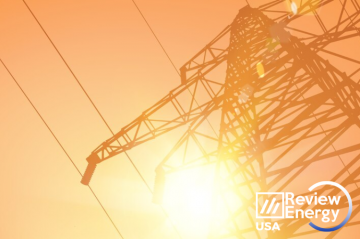
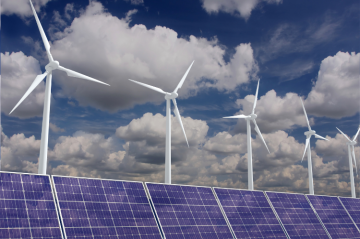
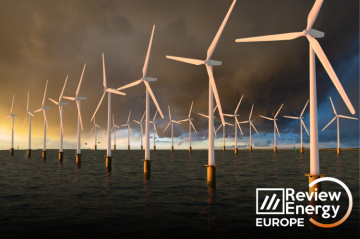

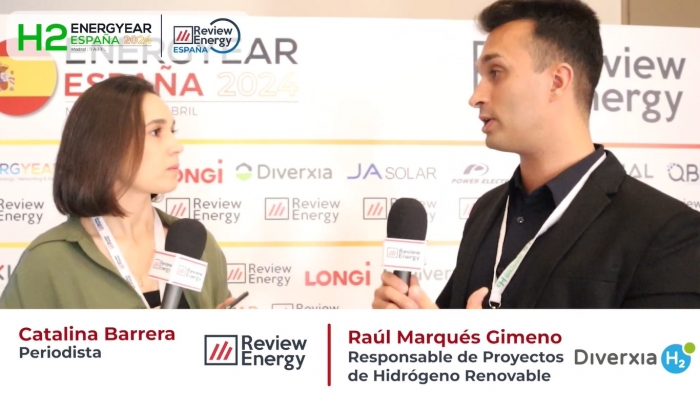
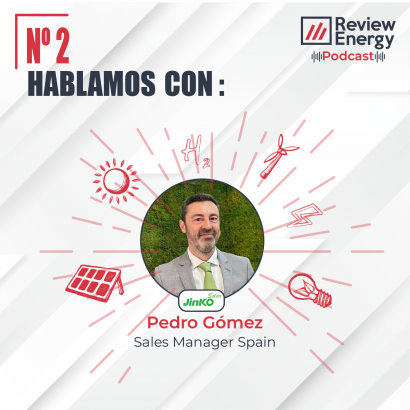
Comentarios
Sé el primero en comentar...